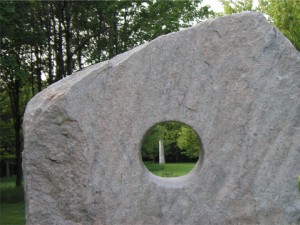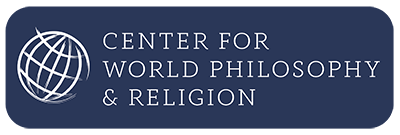Dr. Marc Gafni: The Seven Levels of Certainty and Uncertainty
 By Marc Gafni
By Marc Gafni
The following are notes from Marc Gafni’s dharma talk given in March 2012 at Shalom Mountain Wisdom School, where Gafni serves as the World Spirituality Teacher in Residence.
Introduction
The seven levels of certainty and uncertainty tells the story of how the great religious traditions came into being and how they were challenged first by science, and then by modern and post-modern mindsets.
This is a rough sketch of a map of certainty and uncertainty.
We have forgotten what we know. Indeed we do not know whether we know or not at all. We do not know whether we know or what we know or even how to know. The general impression today is that anyone who claims to know something is lost in dogma or regressive fundamentalism. Indeed almost the definition of a fundamentalist is someone who claims to know something with is totally “true” about Ultimate issues.
A person cannot survive and certainly cannot thrive without knowing.
A generation cannot survive without its knowing. A generation certainly cannot participate in the evolution of consciousness, which is the evolution of love, without knowing what it knows.
The public teachings of the great traditions were not about enlightenment. Enlightenment teachings in virtually all of the great traditions were esoteric. The great traditions taught the masses of people by leading them to believe a set of dogmas. Whether it was Christians professing, “Jesus is a saving grace,” Tibetan Buddhists or Jews professing, “We are the chosen people,” or Hindu doctrine, there was always a set of dogmas.
In each of the great traditions, a belief in a set of dogmas leads to a set of actions. The great traditions motivated people by infusing their daily lives with the belief that these actions were ultimately right. What motivated the actions was the belief that the actions were in alignment with the core constructs of the cosmos. Failing to do these aligned actions was sin, punishable not only in this world but in the next. Some of the dogma reflected deep reflection on the nature of the cosmos. Other doctrines emerge from the surface structures of that particular religion’s journey in history.
The goal was almost always a complex mixture of ethics and a sense that these teachings led the most possible people to lead lives that were most right in accordance with an ultimate knowing of the nature of reality.
Almost every system has a strong sense that is was the best system of human living. Other systems were thought to be inferior is some substantive way.
In all the great religions, to be in alignment with the beliefs and actions of “my system” meant public membership, the obligation to perpetuate my system, to be in alignment with the Gods, to be obedient to the Gods, to be responsive to the Gods.
So the story begins with each of the religions holding absolute certainty in regard to right action, right belief and the essential structure of the cosmos.
Post-modern naturally moves to reject these certainties for any number of compelling reasons. One of the most powerful is that virtually every religion claims to have an exclusive truth that competes with and contradicts the exclusive truth of another religion. So it seems that since not everyone can be right, everyone is probably all wrong. And we are left – after all the great postmodern deconstructions of knowing — with a painful and gaping uncertainty. The only certainty of post-modernity seems to be that you cannot be certain of anything. And any sort of claim to true knowing or certainty of any kind is in many circles mocked or worse. It is thought to be dangerous — as we said earlier — a sure sign of fundamentalist thinking.
But the true relation of certainty and uncertainty, knowing and unknowing, is far more nuanced and interesting. And to understand it is essential. We absolutely move beyond the post-modern dogmatic certainty which deconstructs all knowing and bows only to the ultimate and all pervasive claim of radical uncertainty. So let’s reconstruct some of the stages in spiral dance between certainty and uncertainty and let this be the beginning of our post-postmodern reconstructive project in which we are able to reclaim the Eros of knowing even as we hold the Eros of not knowing.
We begin with a simple reconstruction of seven levels of certainty and uncertainty.
